Lazio
Situated in central west Italy, Lazio is best known as being home to Italy’s capital, Rome. The region is bordered by Tuscany, Umbria and Le Marche to the north, to the Abruzzo and Molise to the east, and Campania to the south, with a landscape that veers between fertile plains and mountains and from beaches to volcanic lakes. For hikers, there’s the added attraction of the Apennines and surrounding hills while to the west is the glittering Tyrrhenian Sea.
But its historical position at the heartland of the Etruscan civilisation, the Roman Empire and the Papal States ensures that this region is much more than just Rome. Crammed with fascinating elements dating back to Roman, Medieval, Renaissance and Baroque times, this is a region that delivers something for all aficionados of art and culture.
Not surprisingly, tourism initiatives tend to focus on Rome rather than its outlying towns and cities, and few visitors to Rome venture much further than the capital. But there’s no question that it’s very much worth adding on a few days to your Roman stay to explore the region in greater depth.
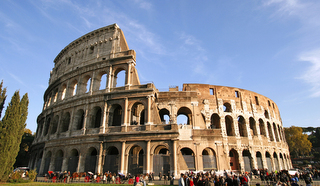
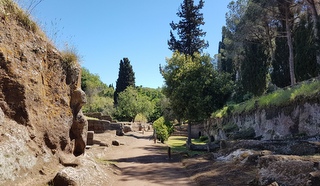
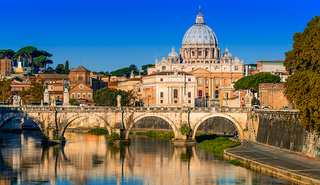
Lazio highlights
Few come to Lazio without spending some time in Rome exploring its extraordinary culture, art and history.
However, the region is also home to several charming medieval towns and villages such as Viterbo, Civita di Bagnoregio and striking hilltop Olevano Romano which gives its name to the Olevano Romano DOC wine. There are Renaissance villas, castles and Etruscan ruins.
For a more outdoors experience, enjoy the natural attractions of volcanic Lake Bolsena, national parks, gardens and hot springs.
Every region of Italy has its own special dishes and Lazio is no exception. You’ll find pasta alla carbonara, and spaghetti cacio e pepe on most menus but read on to discover some of the other traditional ingredients and dishes that characterise the region’s gastronomy.
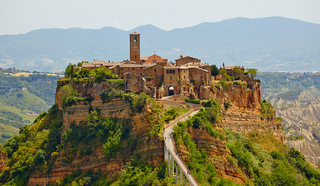
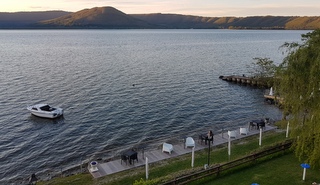
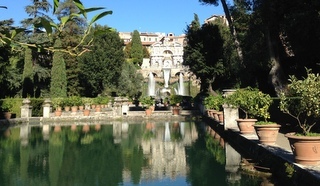
Food and Drink
Pecorino romano, made from the milk of grass-fed ewes, and guanciale, provide the basis for Rome’s much-loved pasta dishes, with rigatoni, bucatini (hollow spaghetti) and fettuccine featuring in many dishes. When it comes to meat, guanciale (cured pork cheek) is probably the most popular but in Rome you’ll also find offal appearing on menus, for example in coda alla vaccinara, an oxtail and celery stew served with polenta. Not surprisingly, on the coast, you’re more likely to find delicious fish and seafood.
Vegetables are also popular. In springtime, expect to find fresh fava beans and, of course, artichokes which grow on Lazio’s fertile plains. These were the first vegetables in Italy to gain Protected Geographical Indication. Eat them ‘alla romana’, that is braised and stuffed with the local mentuccia herb which is similar to oregano, or ‘alla giudia’, battered and fried. If you find olives on your plate, they’re likely to be gaeta olives, a mild, small, darkish variety which are good for cooking.
White wine grapes, mainly Malvasia and Trebbiano, dominate the region’s vineyards and are blended together to make regionally labelled wines. One of the main wine-producing regions is Castelli Romani while the town of Frascati near Rome is famous for its white Frascati DOC and Montefiascone, on the southeast of Lake Bolsena for its Est! Est! Est! You will find some red wines: the Cesanese, Montepulciano and Sangiovese grapes are used to produce red wines such as Cesanese del Piglio.
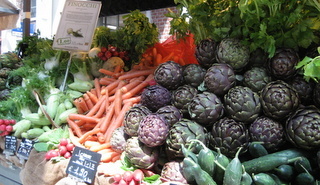
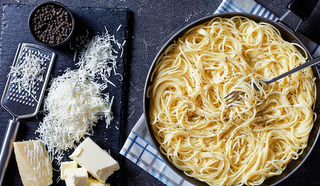
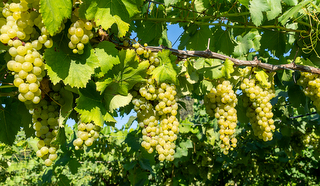
Towns and cities
Start or finish in Rome, with independent visits to the Vatican Museums, St Peter’s Basilica, the Pantheon, Trevi Fountain and the Campo di Fiori, or book a private guided tour with Rachel Potts.
The Castelli Romani is a cluster of small towns to the south east of Rome which include Castel Gandolfo, a popular holiday destination for popes and cardinals for centuries, and Frascati. The latter is best known for the 16th century villas built by papal nobility which overlook forests and scenic gardens, as well as its wine production. The area is also home to ancient Roman ruins (Albano Laziale) and grand Baroque palaces (Ariccia).
Viterbo is a medieval walled town set in what was the centre of Etruscan civilisation, which happily tends to stay off the main tourist trail. In San Pellegrino, wander past unchanged stone houses along medieval lanes and see the remains of the town’s grand papal palace.
Other towns worthy of note include the traffic free Civita di Bagnoregio, teetering high above a vast canyon, connected to the town of Bagnoregio by a long pedestrian bridge. To the west, the coastal town of Sperlonga was formerly home to Roman patrician villas, including one belonging to Emperor Tiberius, while Gaeta is an attractive seaside town with an interesting historic centre and impressive fortress, the Castello Angioino-Aragonese.
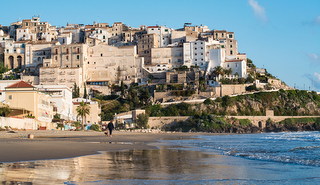
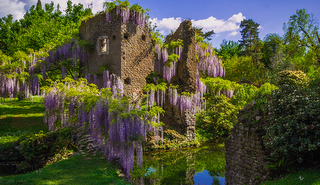
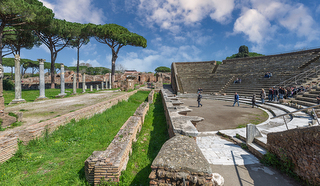
Top things to do in Lazio
Step back in time
Ostia Antica is a good day trip to take from Rome. Just half an hour away by train, the ancient Roman city, and port of Rome, offers a glimpse of what life was like for ordinary Romans. Visit the well-preserved ruins, temples and villas, then make tracks for the coastal town of Ostia for a seafood lunch.
The Etruscan Necropolises of Cerveteri and Tarquinia, also known as the Necropolis Banditaccia, is another UNESCO site. With thousands of tombs organized in a city-like plan, the site offers a fascinating insight into Etruscan culture.
Explore Lazio’s green spaces
Not far from Viterbo, Bagnaia is best known for its 16th century Villa Lante, or rather for the villa’s gorgeous gardens, one of several magnificent green spaces in the region.
Head to Tivoli to visit gardens of note at the UNESCO Villa d’Este, a symbol of the Italian Renaissance, with fountains, grottoes and ornamental water features, commissioned by Cardinal Ippolito II d’Este. Hadrian’s Villa close by is another UNESCO site, effectively an open-air garden museum with temples, theatres, statues, and gardens.
The Garden of Ninfa is an exquisite English style garden to the south of Rome. Built on the ruins of the medieval town of Ninfa, the romantic gardens are filled with magnolias, climbing roses, Japanese maples and cherry trees.
For a less manicured experience, the Circeo National Park is a UNESCO Biosphere Reserve on the Lazio coast, ideal for gentle walks and cycling. Alternatively, head inland to Lake Vico or to Europe’s largest volcanic lake, Lake Bolsena, where you can hike, mountain bike, or horse ride along the shores of the lake then dine on freshly caught fish at a lakeside trattoria.
If you feel like stretching your legs while you’re in Rome, a walk along the Appian Way, Europe’s second largest urban park, is a great way to escape the crowds and is less than 2 miles from the Colosseum. Stroll past remnants of ancient Rome, including aqueducts and the Tomb of Caecilia Metella, a mausoleum built in the first century BC.
Holidays in Lazio
Rome is the meeting point for our Wilds of Abruzzo tour which starts with a private tour of Villa d’Este and our Etruscan Trails tour which includes a stay on Lake Vico. With both tours starting and finishing in Rome, you may wish to extend your holiday to explore Lazio in more depth.
Getting there
Rome has two main airports, Fiumicino Airport (or Leonardo da Vinci Airport), the larger and busier of the two, and Ciampino Aiport which tends to be used primarily by budget airlines and regional flights.
For more information on Lazio, please visit the Italian Tourist Board.
